Researchers use NumFOCUS open source tools to solve the most challenging problems.
The open source scientific community is stronger than ever. And a strong scientific community has never been more vital.
- our impact
- $13 Million
- Dispersed to projects for development, maintenance and community management.
- community
- 160
- OSS projects received legal, community, governance and fiscal services.
- community
- New Code of Conduct launched
- New code of conduct launched in partnership with the NumFOCUS community.
Projects

Asteroid
Asteroid is a Pytorch-based audio source separation toolkit that enables fast experimentation on common datasets. It comes with a source code that supports a large range of datasets and architectures, and a set of recipes to reproduce some important papers.

Crystal
Crystal is a statically-typed programming language that is super performant, yet friendly to humans.
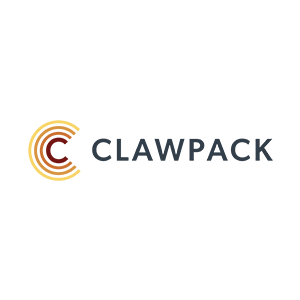
Clawpack
Clawpack (“Conservation Laws Package”) is a collection of finite volume methods for linear and nonlinear hyperbolic systems of conservation laws.
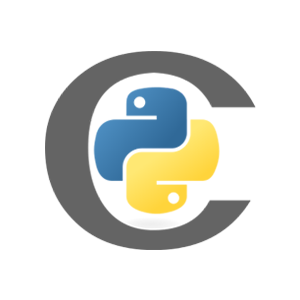
Cython
Cython is an optimising static compiler for both the Python programming language and the extended Cython programming language (based on Pyrex). It makes writing C extensions for Python as easy as Python itself.
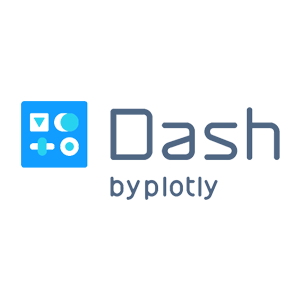
Dash
Dash is a Python framework for building analytical web applications. No JavaScript required. Built on top of Plotly.js, React, and Flask, Dash ties modern UI elements like dropdowns, sliders, and graphs to your analytical Python code.

Folium
Folium builds on the data wrangling strengths of the Python ecosystem and the mapping strengths of the Leaflet.js library. Manipulate your data in Python, then visualize it in a Leaflet map via Folium.

Fortran-lang
Fortran-lang is an open-source community that builds and maintains a set of modern tools and libraries for Fortran developers. Its main projects include the Fortran Standard Library, the Fortran Package Manager, and the Fortran website. Fortran-lang also maintains a growing ecosystem of canonical numerical and scientific libraries, editor plugins, and other tools. Finally, Fortran-lang provides an inclusive and welcoming online space for Fortran developers to collaborate and help each other.
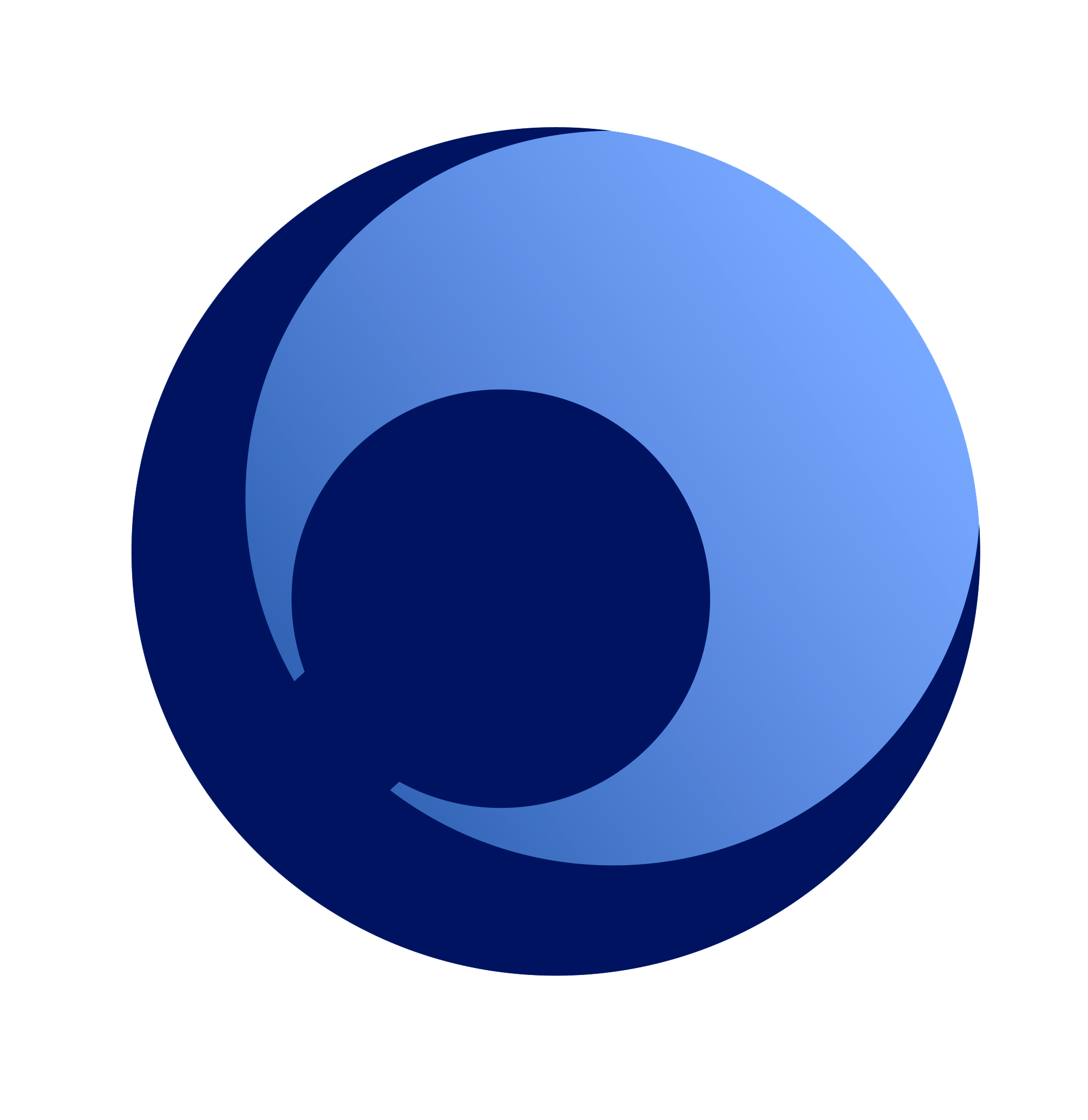
Gensim
Gensim is a Python library providing scalable statistical semantics, analysis of plain-text documents for semantic structure, and retrieval of semantically similar documents.
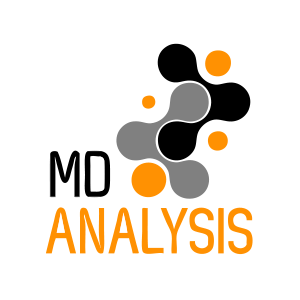
MDAnalysis
MDAnalysis is a Python library for the analysis of computer simulations of many-body systems at the molecular scale, spanning use cases from interactions of drugs with proteins to novel materials. It is widely used in the scientific community and is written by scientists for scientists.

Magpylib
Magpylib is a Python package for calculating 3D static magnetic fields of permanent magnets, currents and other sources.
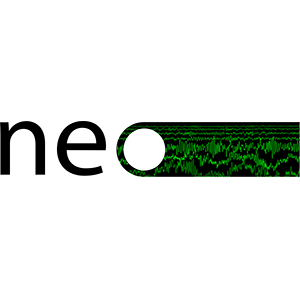
Neo
Neo is a Python package for working with electrophysiology data. It implements a hierarchical data model well adapted to intracellular and extracellular electrophysiology and EEG data.
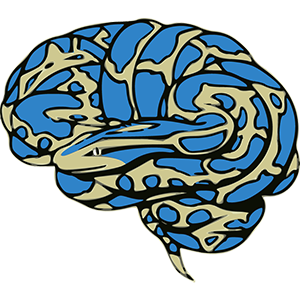
NiBabel
NiBabel is an input/output library for brain imaging, providing Python interfaces to common medical and neuroimaging file formats, including: ANALYZE, GIFTI, NIfTI1, NIfTI2, CIFTI-2, MINC1, MINC2, AFNI BRIK/HEAD, MGH, ECAT, Philips PAR/REC, and FreeSurfer geometry, annotation and morphometry files.

SciPy
SciPy provides fundamental numerical algorithms for scientific computing: statistics, numerical optimization, linear algebra, special functions, integration, interpolation, signal and image processing, and more. SciPy is a foundational building block for scientific and numerical computing in Python.

Snakemake
The Snakemake workflow management system is a framework for reproducible and scalable data analyses. Workflows are described via a human readable, Python based language.
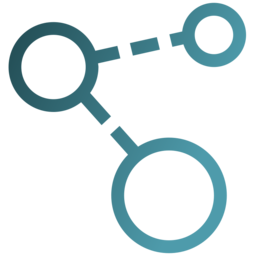
Taskflow
Parallel and heterogeneous programming with high performance and simultaneous high productivity

The Ibis Project
Ibis provides expressive analytics at any scale. It’s an library designed to help users be more productive when interacting with analytics databases and engines.
Vega
The Vega Projects constitute a cohesive ecosystem of visualization libraries: Vega is a visualization grammar; a declarative format for creating, saving, and sharing interactive visualization designs. Vega-Lite provides a higher-level grammar for visual analysis and Vega-Altair provides Python bindings for Vega-Lite. This grammatical implementation of graphics and interactivity produces beautiful and effective visualizations with a minimal amount of code. VegaFusion scales Vega-Altair to large datasets and VL Convert provides publication quality static file export.

Visual Python
Visual Python is a GUI-based Python code generator, developed on the Jupyter Lab, Jupyter Notebook and Google Colab as an extension. Visual Python is an open source project started for students who struggle with coding during Python classes for data science.

XGI
The CompleX Group Interactions (XGI) library provides data structures and algorithms for modeling and analyzing complex systems with group (higher-order) interactions, i.e. hypergraphs and simplicial complexes.

Trixi.jl
Trixi.jl is a numerical simulation framework for conservation laws written in the Julia programming language.

bqplot
Bqplot is a 2-D plotting library for Jupyter. Built upon the Jupyter widgets frameworks, it implements the grammar of graphics constructs.
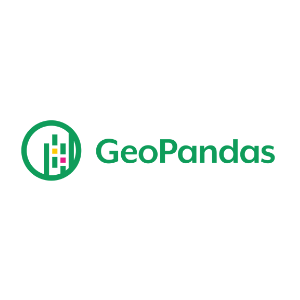
GeoPandas
GeoPandas is an open source project to make working with geospatial data in Python easier. It combines the capabilities of pandas and shapely, providing geospatial operations in pandas and a high-level interface to multiple geometries to shapely. GeoPandas enables you to easily do operations in Python that would otherwise require a spatial database such as PostGIS.
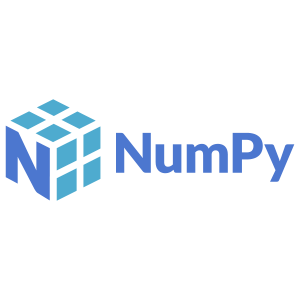
NumPy
NumPy is a universal data structure that fundamentally enables data analysis in numerical computing by permitting the exchange of data between algorithms. NumPy is a foundational project for the Python scientific computing stack.
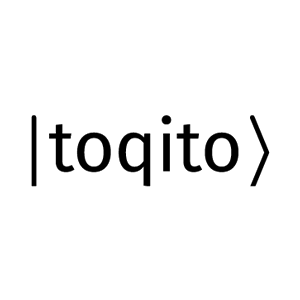
toqito
The toqito package is an open-source library for studying various objects in quantum information, namely, states, channels, and measurements. toqito provides numerical tools to study problems about entanglement theory, nonlocal games, and other aspects of quantum information often associated with computer science.
First Photograph of a Black Hole
In spring 2019, scientists successfully created the first ever image of a black hole — a breakthrough made possible by NumFOCUS open source software projects.
Image Gallery
Image credit but what if the link or text is really really really really really long: url link here
NumFOCUS Newsletter
Subscribe to our mailing list for monthly updates on the latest news and events.